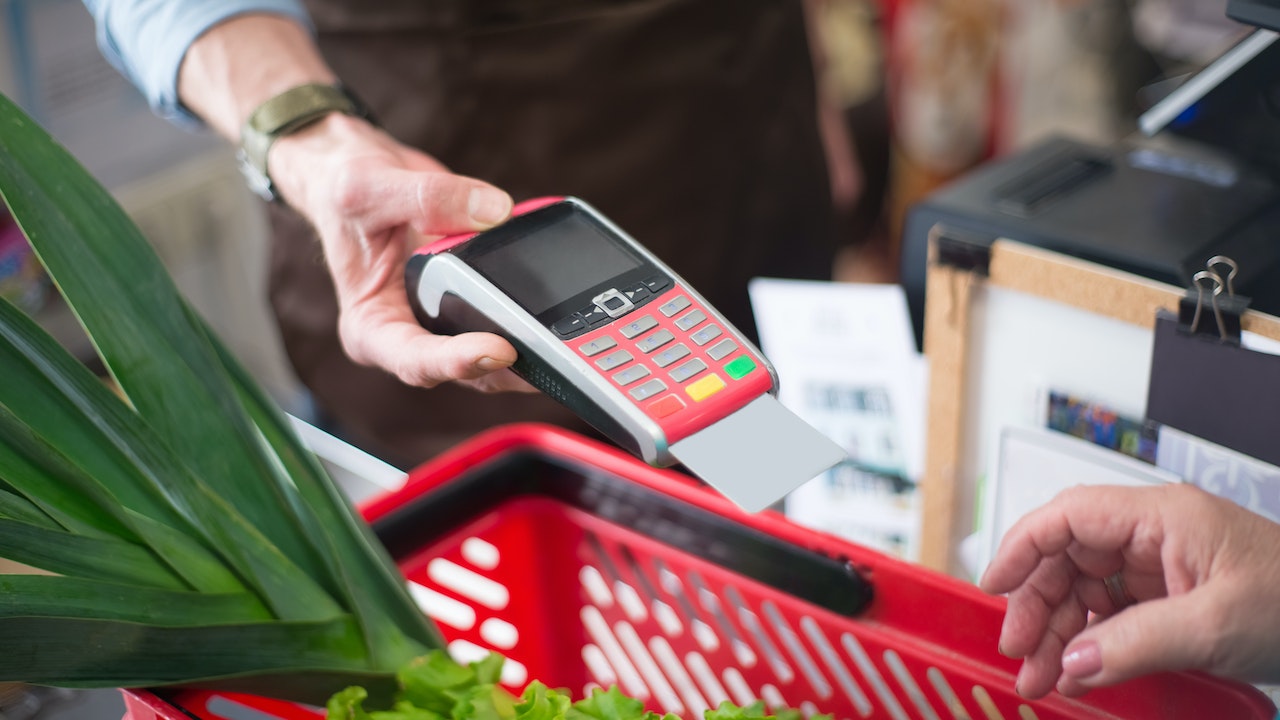The Evolution of Digital Payments: From Online Shopping to Contactless Payments
The evolution of digital payments has transformed the way we pay for goods and services, with various options available, from online shopping to contactless payments. This article outlines the history of digital payments and their development, including payment gateways, PayPal, mobile payments, and contactless payments. As technology continues to advance, new payment systems may emerge, including blockchain technology and payment platforms designed for the developing world. It's important to be aware of the potential risks associated with digital payments and to use these tools safely and responsibly.

The way we pay for goods and services has come a long way since the days of bartering and using physical currency. Today, we have a wide range of digital payment options that allow us to make transactions with the touch of a button or the wave of a card. From online shopping to contactless payments, the evolution of digital payments has transformed the way we pay for things.
Online Shopping and E-Commerce
The rise of the internet and e-commerce in the 1990s paved the way for a new form of digital payment: online shopping. At first, most online transactions were made using credit or debit cards, with the payment gateway processing the payment on behalf of the merchant. However, as e-commerce grew in popularity, so did the need for more secure and convenient payment options.
This led to the development of payment systems such as PayPal, which allowed users to link their bank accounts or credit cards to a digital wallet for easy online payments. These systems offered more security and convenience than traditional payment methods, as users no longer had to enter their payment information every time they made a purchase.
Mobile Payments
The advent of smartphones and mobile technology has opened up a whole new world of digital payments. Mobile payment platforms such as Apple Pay and Google Wallet allow users to make payments using their mobile devices, with the payment information stored securely on the device and transmitted using near-field communication (NFC) technology.
Mobile payments are particularly useful for people who want to make quick, contactless transactions on the go. They are also popular in countries where credit and debit cards are not widely accepted, as many mobile payment platforms allow users to link their accounts to local banks and make payments in local currencies.
Contactless Payments
The most recent evolution in digital payments is the rise of contactless payments. Contactless payments allow users to make payments without having to physically insert a card or enter a PIN. Instead, users simply wave their card or mobile device over a payment terminal, and the payment is processed instantly.
Contactless payments are becoming increasingly popular in many countries, with some businesses and governments even mandating their use to reduce the spread of germs during the COVID-19 pandemic. While there are some concerns about the security of contactless payments, many experts believe that they are actually more secure than traditional payment methods, as the payment information is encrypted and transmitted securely.
The Future of Digital Payments
As technology continues to evolve, we can expect to see even more changes in the world of digital payments. For example, blockchain technology has the potential to transform the way we make and track payments, making them more secure, transparent, and efficient. We may also see the rise of new payment platforms that are specifically designed for use in the developing world, where access to traditional banking services is limited.
Overall, the evolution of digital payments has transformed the way we pay for goods and services, making transactions faster, more secure, and more convenient than ever before. As we continue to embrace new payment technologies, it's important to remain vigilant about the potential risks and to ensure that we are using these tools in a safe and responsible way.










